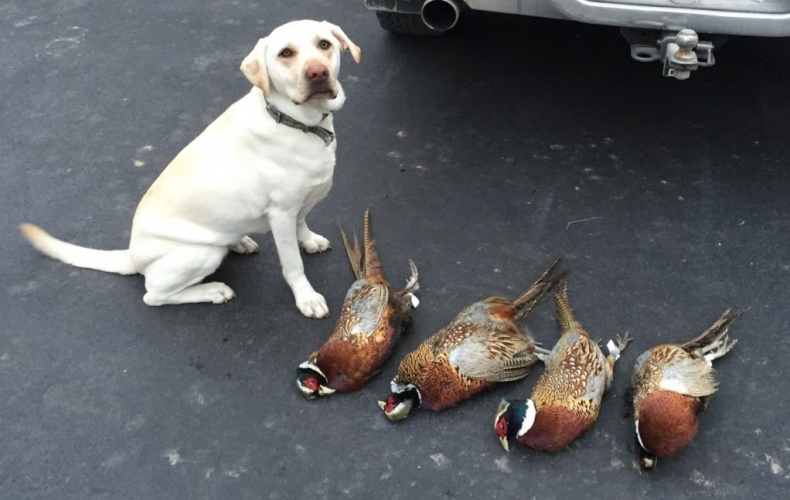So I've been doing a lot of reading, watching, etc., and figured I'd just come out and ask the folks here- what are your tips for finding sharpies and huns in MT?
Situation- my dad is coming out for a visit, with a rifle antelope tag in hand, in an area I've seen both huns and sharpies in the past. I've killed a few just by walking fast with a shotgun, but I'm no expert in finding them. He's bringing his yellow lab/pheasant hellion/couch potato (Zoey) and wants to chase the local birds that aren't available in the midwest (hell, pheasants are rare enough where he is). I'd love to help him get on some, as well. Challenges- he's 63, with asthma, and had covid 2 weeks ago. Zoey is starting to get arthritis, hasn't seen a pheasant field since December, and it's been nearly 100 degrees for 4 months- not good for running a cold-weather dog. Needless to say, she's probably out of shape, as well. With that said, we'll have limited gas in the tank as far as miles we can cover, and I want to hit a milk run of the best spots instead of wandering aimlessly through the prairie. With that said- how do you identify the "best spots"?
So far, all I can gather is:
Sharptails- taller cover, especially brush instead of just grass, focusing on the top 1/3 of ridges. Windrows, maybe some sagebrush, etc.
Huns- whatever cover and draws you can find next to a wheat field, also preferable near the top of a ridge.
Both- Maybe sidehill, dog 20 yards or closer, with a crosswind or quartering-to headwind so the dog gets the best advantage, and the birds either fly in front of us or struggle against the wind to get out. Probably top 1/3 of the ridge.
Anything to add to these deeply insightful (read "Kindergarten-level") plans of action? Home base is Billings, so probably hunting within an hour of there, for reference to terrain.
Thanks in Advance- RK
Couch potato in question:

Situation- my dad is coming out for a visit, with a rifle antelope tag in hand, in an area I've seen both huns and sharpies in the past. I've killed a few just by walking fast with a shotgun, but I'm no expert in finding them. He's bringing his yellow lab/pheasant hellion/couch potato (Zoey) and wants to chase the local birds that aren't available in the midwest (hell, pheasants are rare enough where he is). I'd love to help him get on some, as well. Challenges- he's 63, with asthma, and had covid 2 weeks ago. Zoey is starting to get arthritis, hasn't seen a pheasant field since December, and it's been nearly 100 degrees for 4 months- not good for running a cold-weather dog. Needless to say, she's probably out of shape, as well. With that said, we'll have limited gas in the tank as far as miles we can cover, and I want to hit a milk run of the best spots instead of wandering aimlessly through the prairie. With that said- how do you identify the "best spots"?
So far, all I can gather is:
Sharptails- taller cover, especially brush instead of just grass, focusing on the top 1/3 of ridges. Windrows, maybe some sagebrush, etc.
Huns- whatever cover and draws you can find next to a wheat field, also preferable near the top of a ridge.
Both- Maybe sidehill, dog 20 yards or closer, with a crosswind or quartering-to headwind so the dog gets the best advantage, and the birds either fly in front of us or struggle against the wind to get out. Probably top 1/3 of the ridge.
Anything to add to these deeply insightful (read "Kindergarten-level") plans of action? Home base is Billings, so probably hunting within an hour of there, for reference to terrain.
Thanks in Advance- RK
Couch potato in question:






